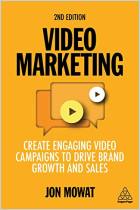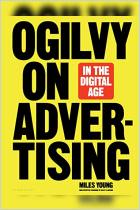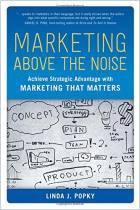For those in the advertising industry, staying relevant requires connecting with viewers across channels and screens. But despite the fact that people spend much of their day streaming video content, many advertisers are failing to target audiences on the channels they’re actually engaging with. Fortunately, BCG has partnered with Google and Omnicom Media Group (OMG) to help you better engage viewers across channels with a new holistic approach: “unified video.” Learn why you might be struggling to connect to viewers on the right platforms and gain a concise, step-by-step approach to rethinking your strategy and collaborations to change that.
Advertisers must engage viewers across channels if they want to remain competitive.
Despite the fact that consumers spend 70% of their screen time streaming digital video, under 50% of advertising spend is going to the channels they actually watch. Boston Consulting Group analytics reveal two main reasons why advertisers are struggling to reach audiences. Firstly, they lack a standardized way, at a granular level, of defining their target audience across channels, and rely only on broad labels, such as age, household income, and gender. Secondly, advertisers make channel decisions relying on subjective definitions of “premium” content environments, which prevents them from connecting to the right audiences.
Boston Consulting Group, Google, and the global agency Omnicom Media Group (OMG) partnered to develop a holistic approach to “unified video,” helping organizations better connect advertising spend to the channels their target audience actually watches, while simplifying decision-making. They identified three imperatives for advertisers hoping to adopt unified video: 1) Advertisers must embrace “unified audience planning,” which ...






















Comment on this summary or 开始讨论